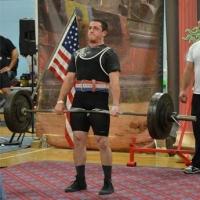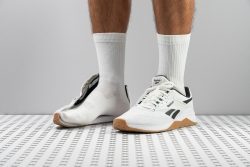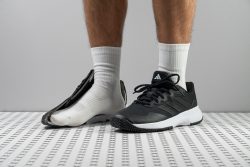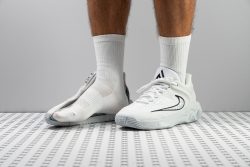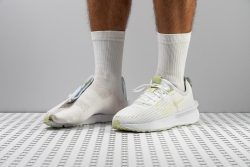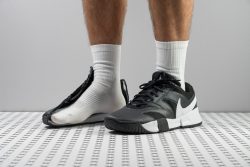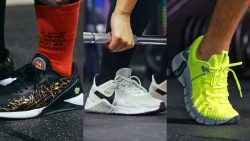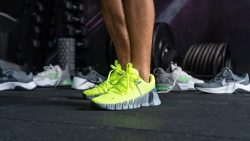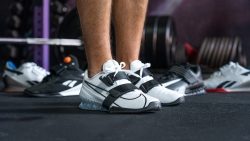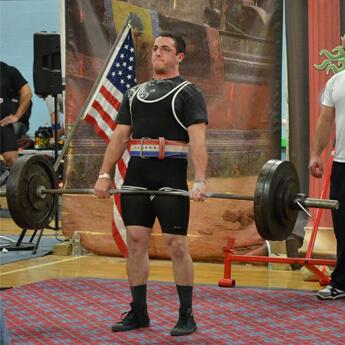7 Best All Sports Shoes in 2025
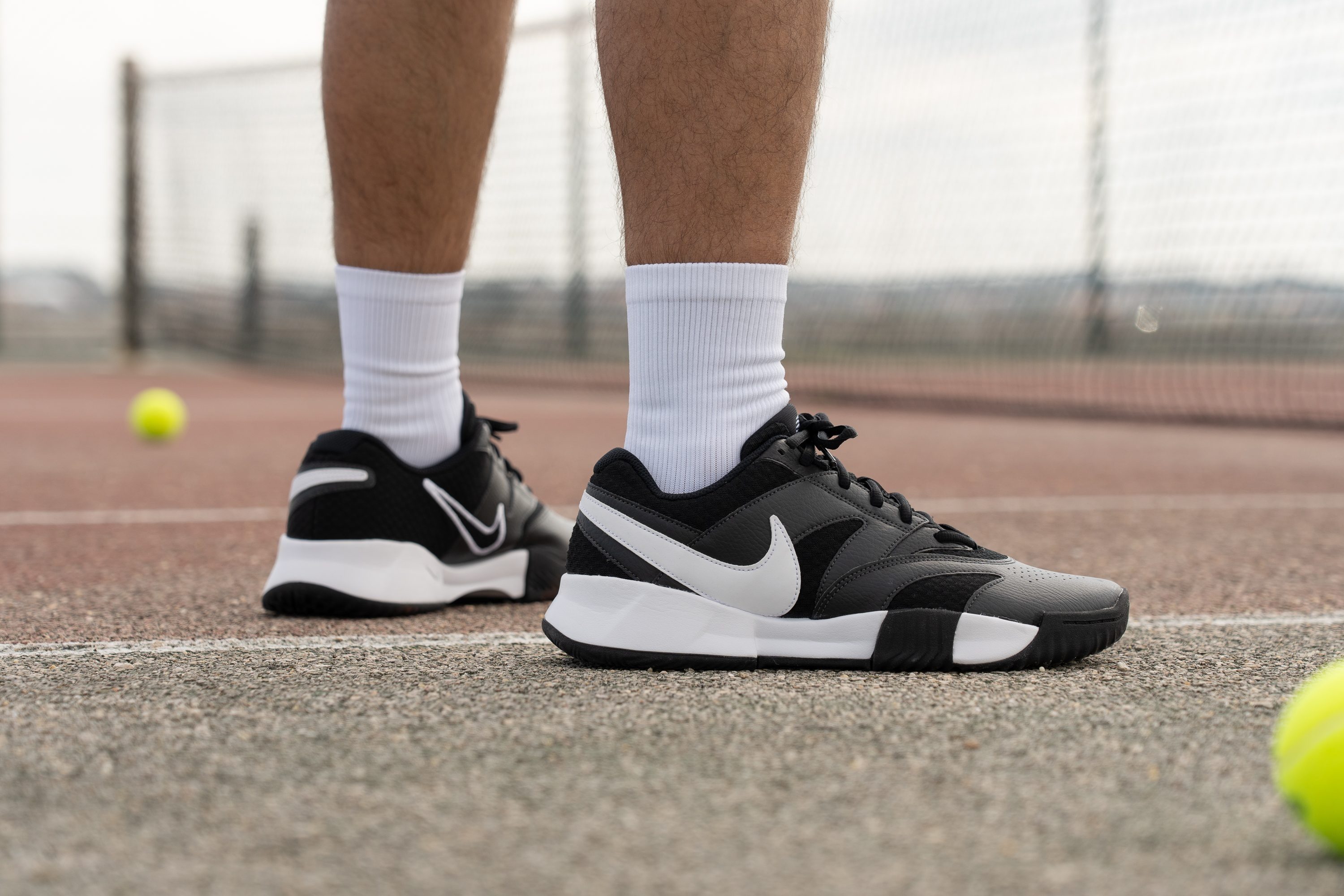
We buy shoes ourselves. We earn commissions when you buy through us, at no extra cost. Why trust us
This guide is for you if:
- You aren’t seriously engaged in any particular sport, but need a versatile athletic shoe for various activities (racquet sports, court sports, frisbee, gym, short runs, daily wear).
- You can’t afford to get multiple shoes for different activities and want an all-in-one solution.
How we test all sports shoes
Each pair goes through meticulous wear tests and lab measurements where we use specialised tools and machines to retrieve 30+ data points. We also follow the industry’s ASTM and SATRA standards for the most objective, science-backed results.
It is also important to note that we purchase all tested shoes with our own funds to avoid bias and ensure brand neutrality.
Having tested over 1,000 athletic shoes from a dozen different categories, we have compiled a massive database that enables us to compare shoes and determine which criteria make them the best for all-sports use.
Best all sports shoes overall
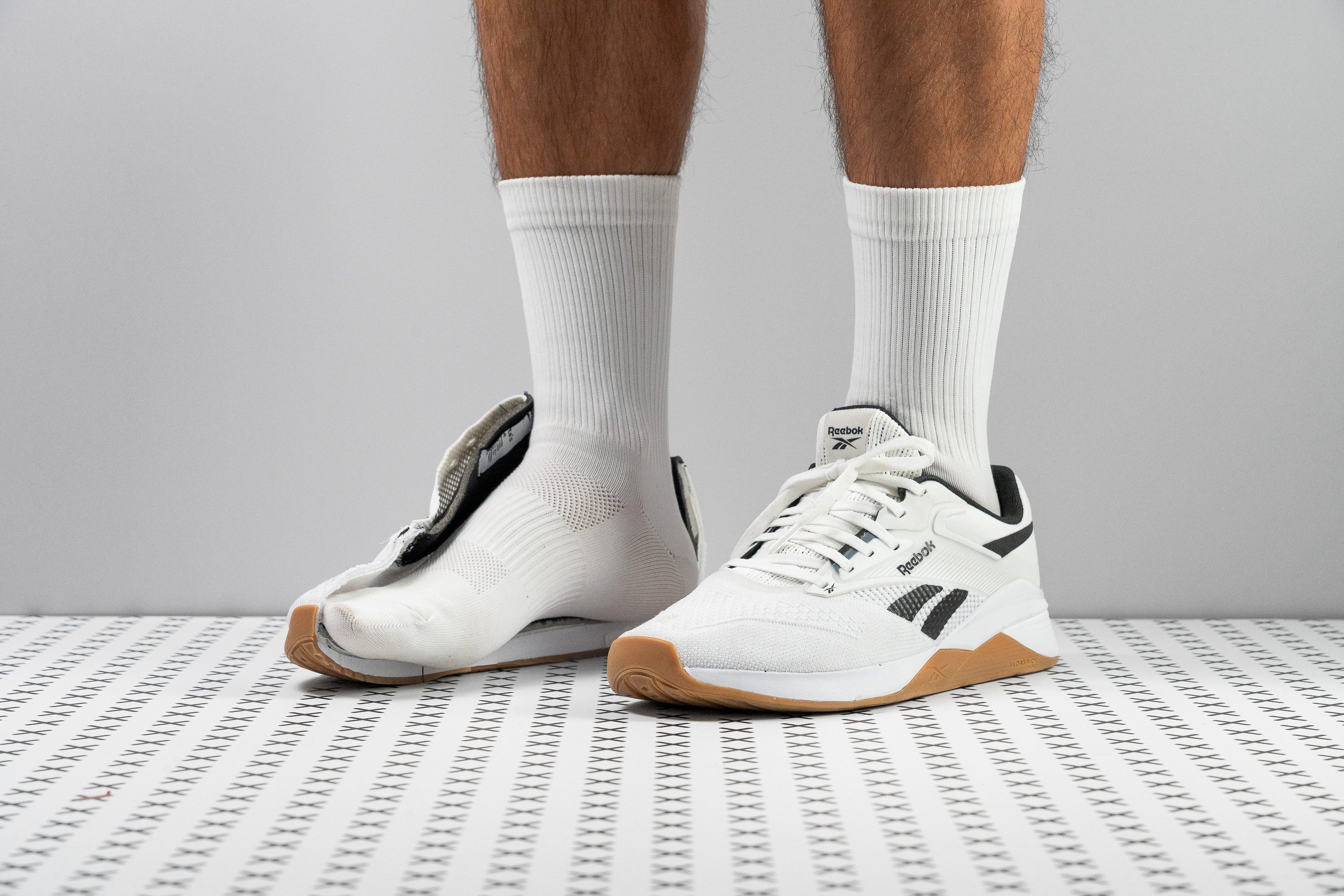













































What makes it the best?
The Reebok Nano X4 combines stability, agility, and durability into one, making it our best overall all-sports shoe. It can handle our cross-training seamlessly with its light build, while its sturdy support and construction keep both our feet and the shoe safe from harm, as we’ve seen in our lab evaluations.
Whether performing single-legged workouts or dynamic lateral footwork in sports like pickleball, the Nano X4 offers excellent foot containment. We discovered the Lift and Run Chassis, adding support on the rear side of the trainer. In effect, our feet remain centred, and the midsole becomes more resistant to ankle twists, proven by its solid 4/5 torsional rigidity rating.
The Nano X4 feels versatile and effortless on foot because of its light 11.7 oz (322g) build. For the rock-solid stability it offers, this weight is impressive!
What also blew us away is its superb performance across the board in our Dremel test. With above-average scores of 4/5 for both toebox and heel padding, and an outsole that shows 54.5% less wear than average, the Nano X4 resists rope burns, slashes, and court slides without losing its edge.
However, with its focus on support, it lacks top-tier cushioning for jumps and runs. Athletes whose sports rely on shock absorption should skip this pair.
Pros
- Fantastic wear resistance
- Great balance of cushioning and stability
- Feels grounded and supportive
- Secure foot lockdown
- A fully-gusseted tongue (finally)
- Nice breathability
- Lighter than the X3
- Great grip on gym floors
Cons
- Not for heavy lifting
- Not for wide feet
All sports shoes with the best traction
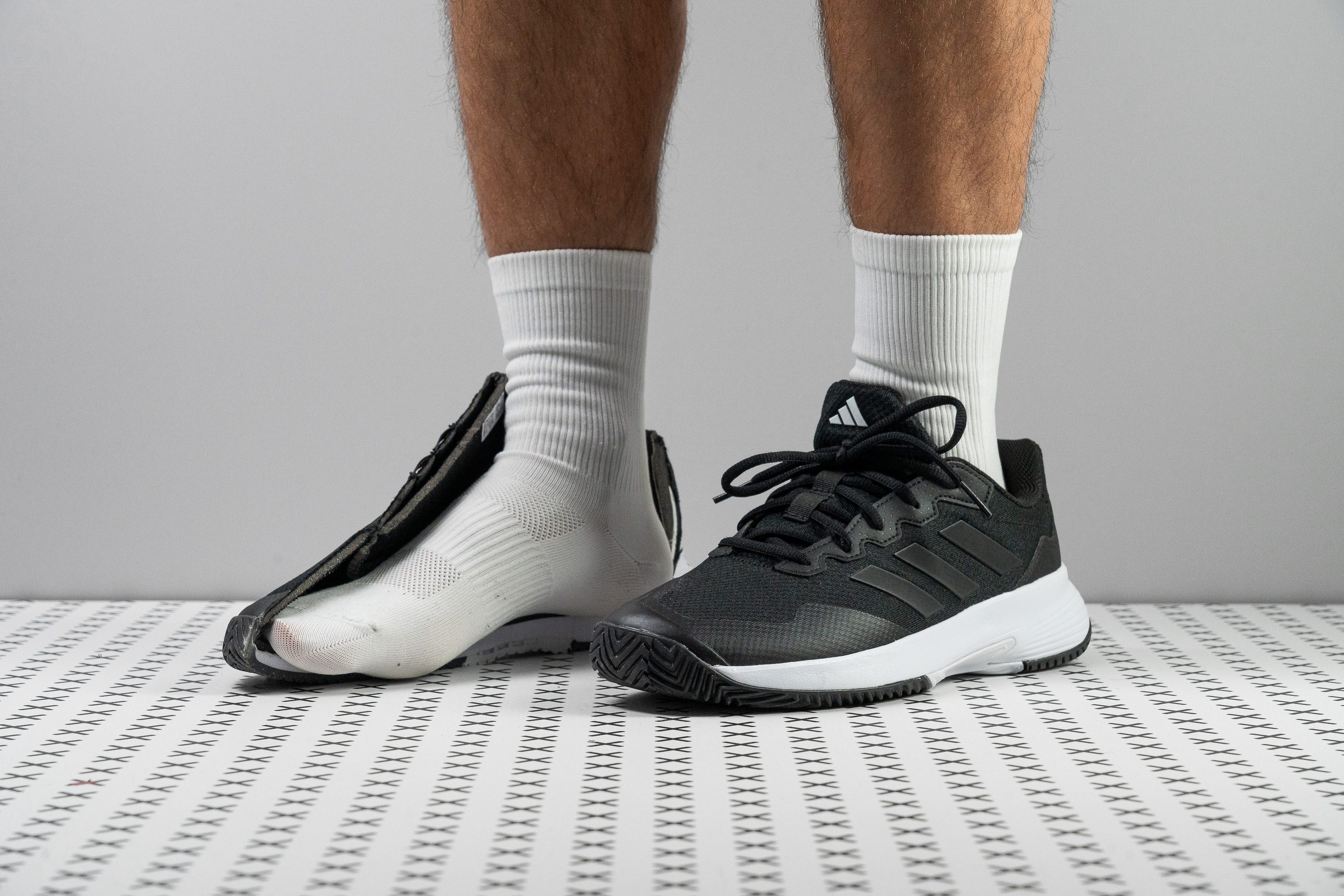










































What makes it the best?
Pros
- Fantastic durability for the price
- Very supportive for its built
- Wide and stable platform
- Lighter than average
- Highly respponsive midsole
- Excellent grip on hard court
- Flexible and manoeuvrable
- Accommodating toebox
- Nicely breathable
Cons
- Very little forefoot cushioning
- Minimal impact protection
All sports shoes with the best durability
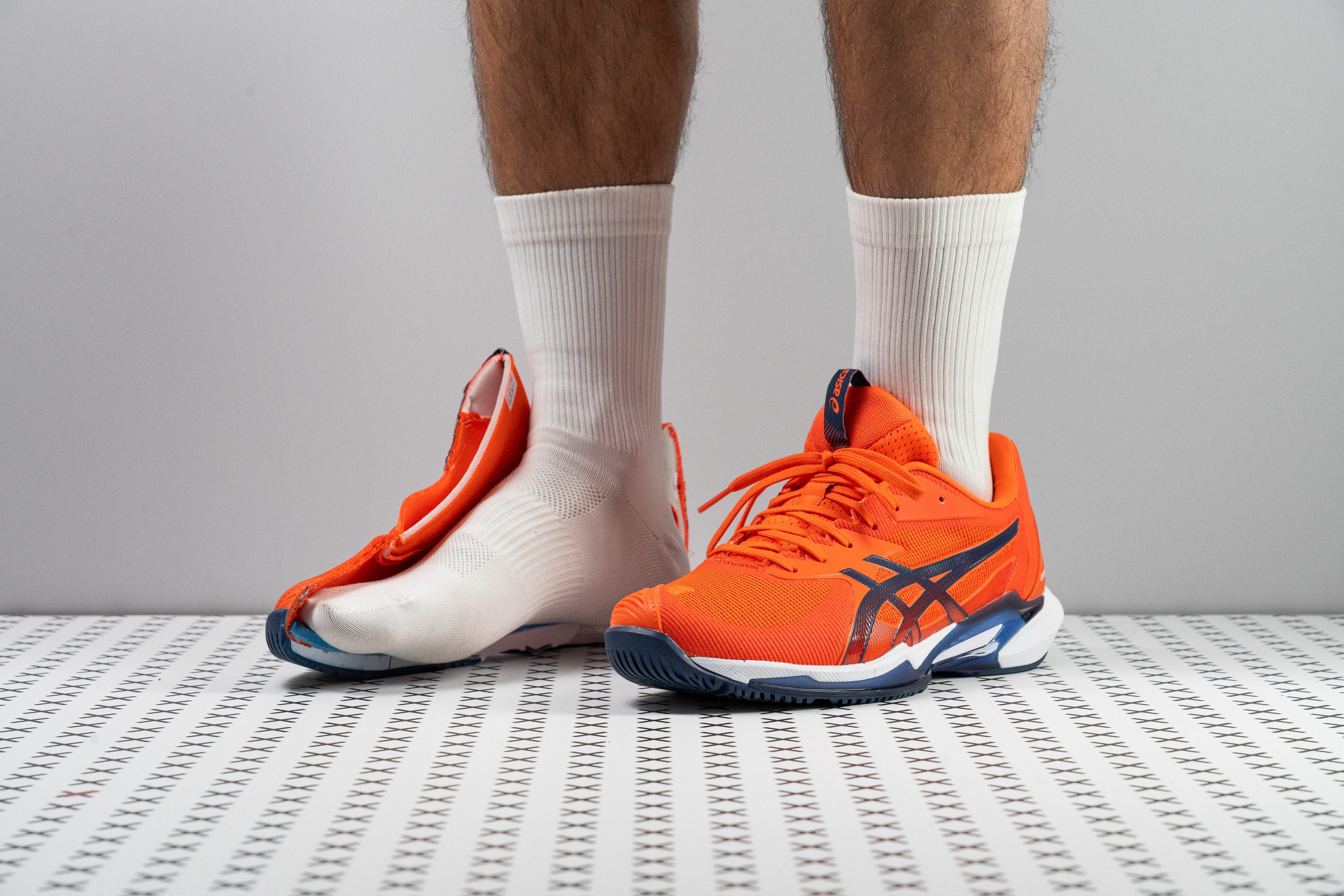















































What makes it the best?
Pros
- One of the lightest tennis shoes on the market
- Fantastic wear resistance and durability
- Exceptionally breathable for a tennis shoe
- Grounded platform with a great court feel
- Rockered heel makes transitions faster and smoother
- Solid stability for a speed-oriented shoe
- Perfect grip with enough give
- Perfect grip with enough give
Cons
- Not for wide feet
- Not very stable for baseline players
All sports shoes with the best stability
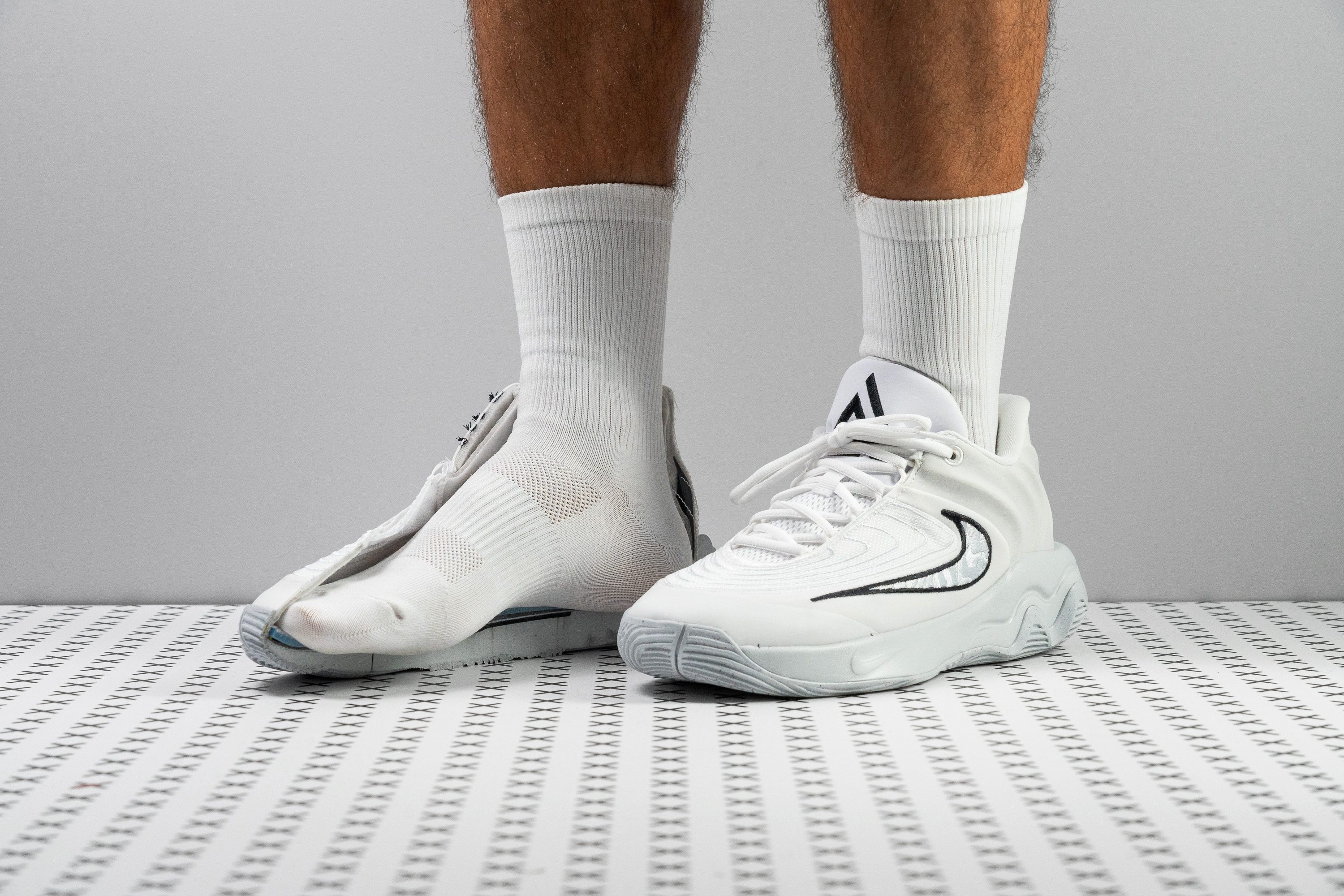





















































What makes it the best?
Pros
- Excellent value for money
- Lots of impact protection
- Fantastic stability and support
- Wide landing platform
- Incredible lock-in feel
- Pretty speedy on foot
- Great outsole grip
- Super versatile (positionless)
Cons
- Not for streetball
- Not for streetball
- Not for streetball
Best all sports shoes for gym and turf
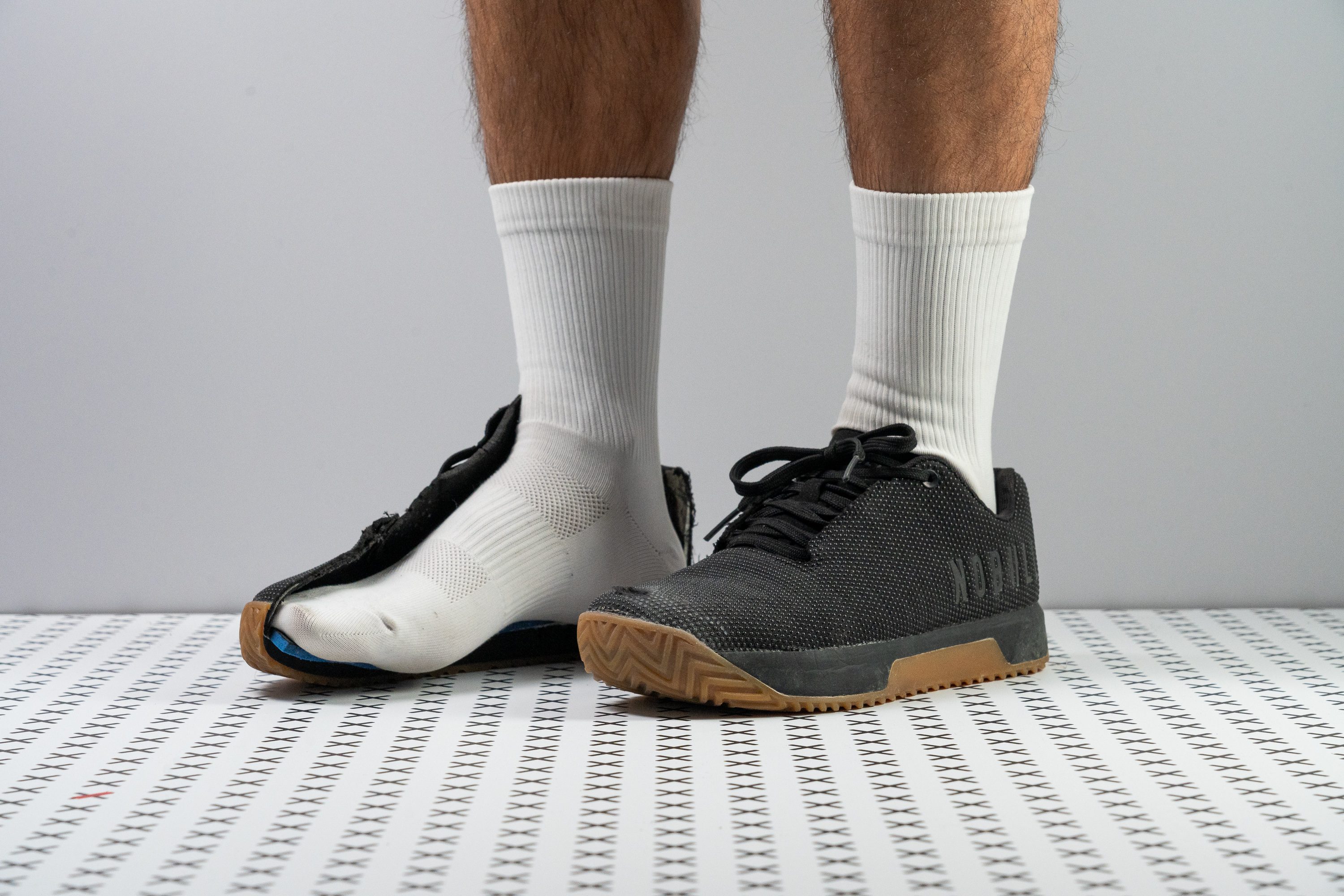






























What makes it the best?
Pros
- Good impact protection for jumps
- Solid stability for moderate lifting
- Great grip on floor and rope
- Top-notch durability
- Comfortable for daily wear
- Can handle outdoor training
- Well-fitting
- Flat-foot friendly
Cons
- Pricier than similar shoes
- Not for serious lifting
- A bit heavy
- Lacks breathability
Best all sports shoes for running/walking
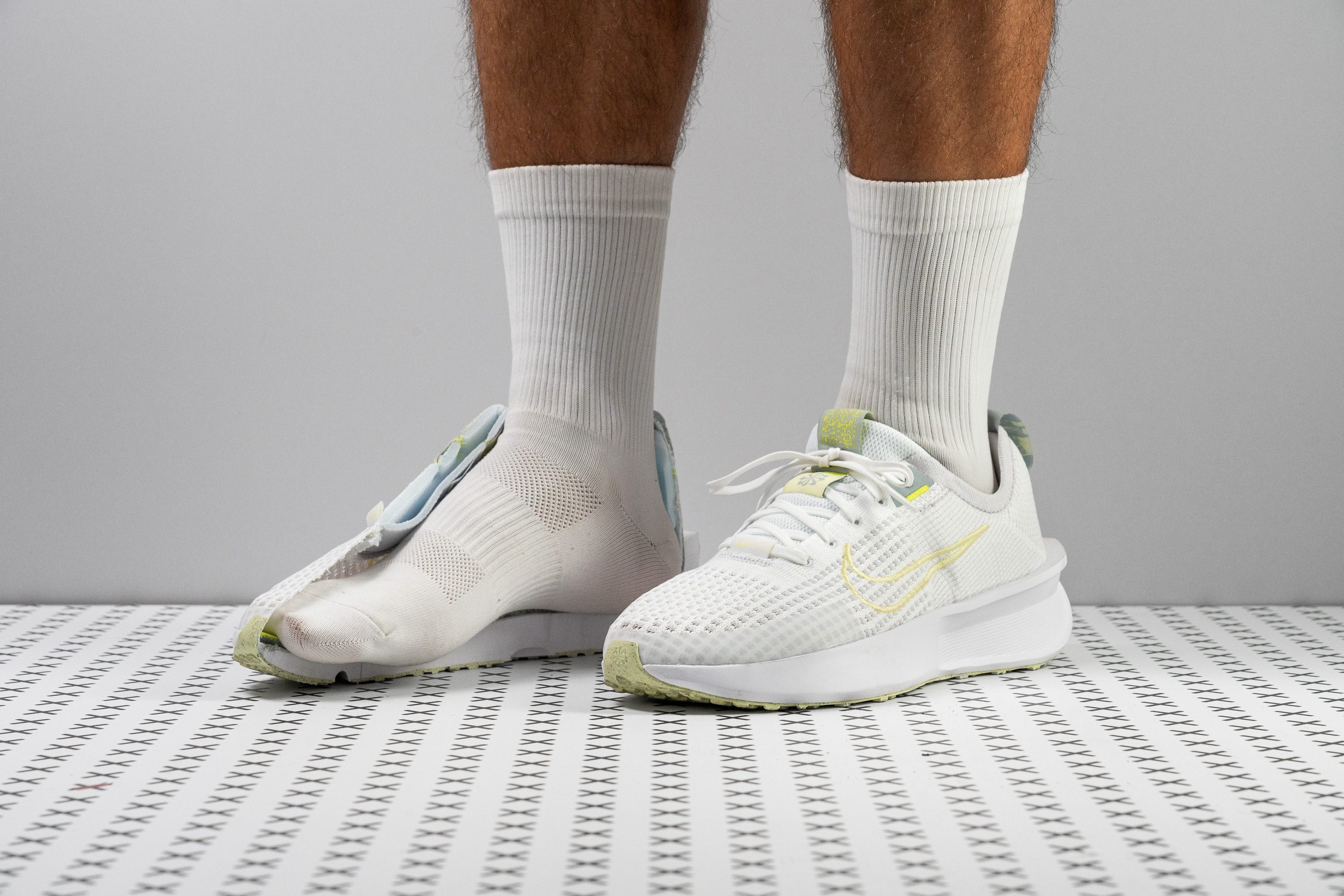



















































What makes it the best?
Pros
- Ideal for hot climates
- Perfect for everyday life
- Exceptional comfort
- Fantastic value
- Great for beginners and heel strikers
- Flyknit upper under $100!
- Really lightweight
- Upper durability
Cons
- Not very bouncy
- Outsole lacks grip
- Only for short and easy runs
Best budget all sports shoes
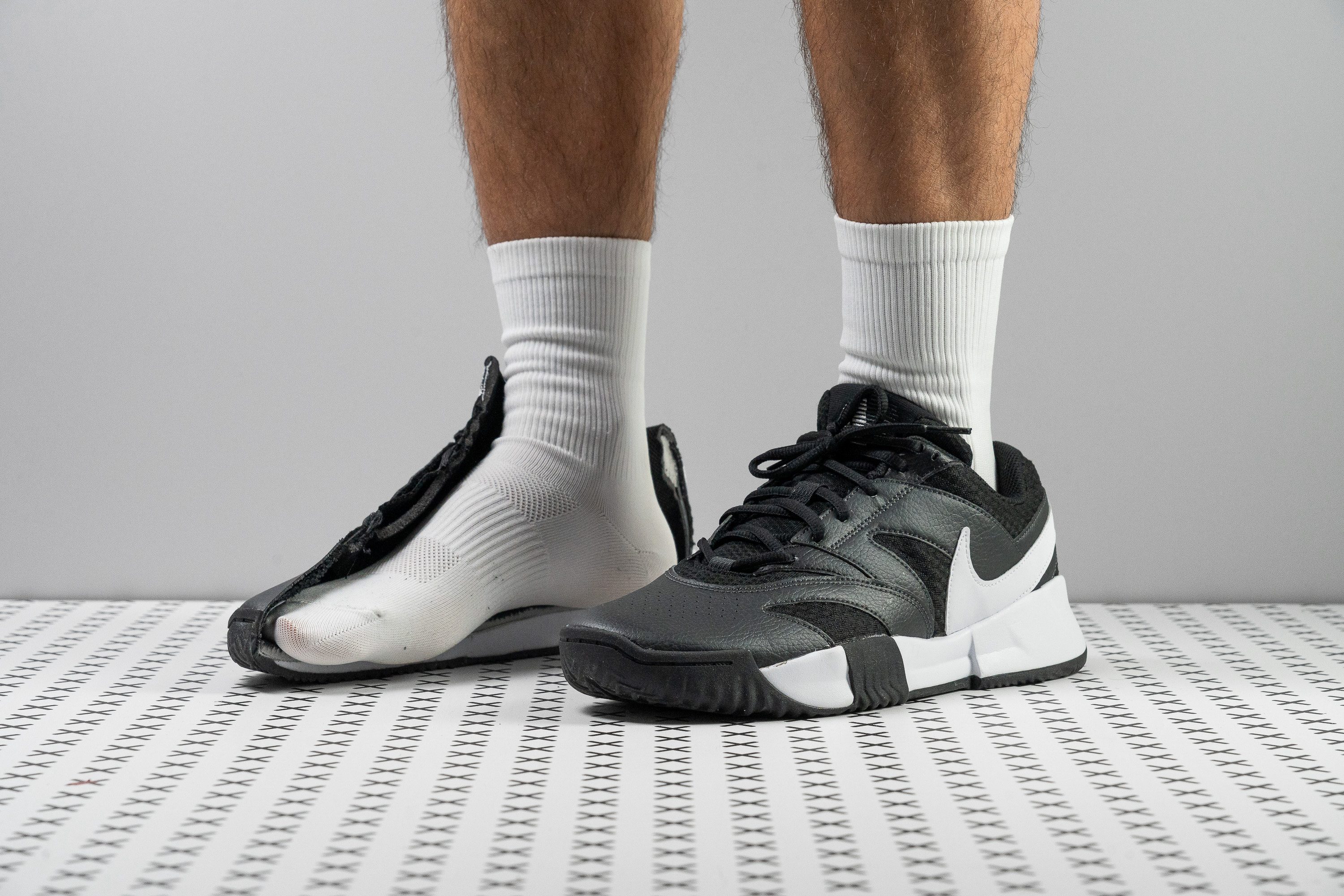










































What makes it the best?
Pros
- Solid lateral support for an entry-level shoe
- Wide and stable base
- Great durability for the price
- Sufficient impact protection
- Lively and responsive midsole
- Excellent outsole grip
- Decent weight
- Accommodating toebox
Cons
- Not so breathable
- Not very comfy
Choosing versatile shoes for all sports: Good to know
Shoe technologies are evolving rapidly, with new models becoming less versatile but significantly better fine-tuned for a certain sport or activity. A lot of running shoes, for example, cannot be used for casual walking anymore (at least comfortably) due to their aggressive rockers and speed-enhancing carbon plates.
In this guide, we attempted to identify some common features that make athletic shoes versatile enough for both multi-directional and forward movements on different surfaces (be it smooth hardwood or rough concrete).
After hours of research and lab testing, here are our top 3 recommendations for choosing the right pair of all sports shoes:
1. Identify your use cases: Even the most versatile shoes have their limits. Knowing exactly what you want from a sports shoe will help you find the right pair more easily. Is it for indoor or outdoor use, or both? Is it for gym and running, casual use and frisbee, or court sports?
2. Know your dealbreakers: Because there are no perfect shoes for all activities, sacrifices have to be made.
You may find that your shoe of choice is too heavy, or is easily ripped when sliding on the court, or loses its hardwood grip after being worn outdoors for too long. If you want a stable shoe for the court, you may lack cushioning for day-to-day use. And if you need a shoe for indoor hardwood, your choice is limited to shoes with non-marking rubber outsoles.
3. Avoid running shoes for court sports and activities with lateral/multi-directional movements. Most running shoes are too high-stacked, plush, and tailored to forward movement. You will save yourself from potential injuries by getting two cheap pairs for each activity rather than one expensive pair for both.
But on a positive note, some running shoes can double as gym shoes.
Stability is critical in shoes for all sports
Most sports, especially court sports, involve rapid changes of direction and very forceful lateral movements, calling for high levels of side-to-side support from the player’s shoes. In other words, a round of pickleball in a plush max-cushioned running shoe can end in a bad ankle roll or even an ankle sprain!
That’s why it is crucial to choose stable athletic shoes with the following features:
1. Grounded platform: Shoes with a lower heel stack of 20-30 mm and a forefoot stack of less than 25 mm (1-2 mm more or less) are optimal as they provide the necessary shock absorption without causing instability or disconnecting you from the ground.
Please avoid aggressively rockered or unconventionally shaped running shoes. Carbon-plated shoes aren’t recommended either because their high energy return and springy ride detracts from stability and groundedness.
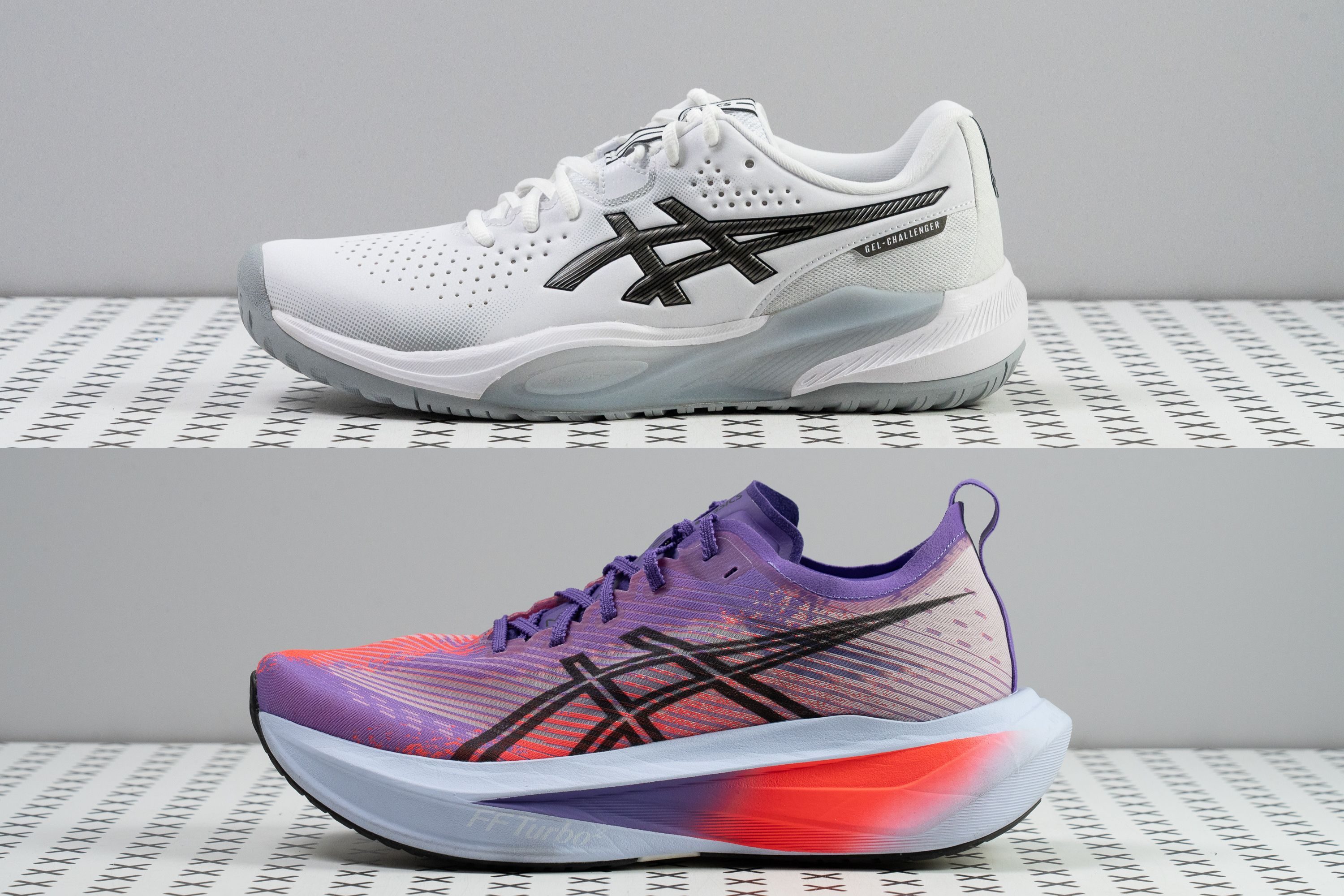

2. Firm midsole: Avoid soft cushioning at all costs! Not only does soft foam result in a mushy, sinking experience, but it also causes wobbliness and reduces ground feel. Not to mention that your foot works overtime performing micro-movements to adjust the position.
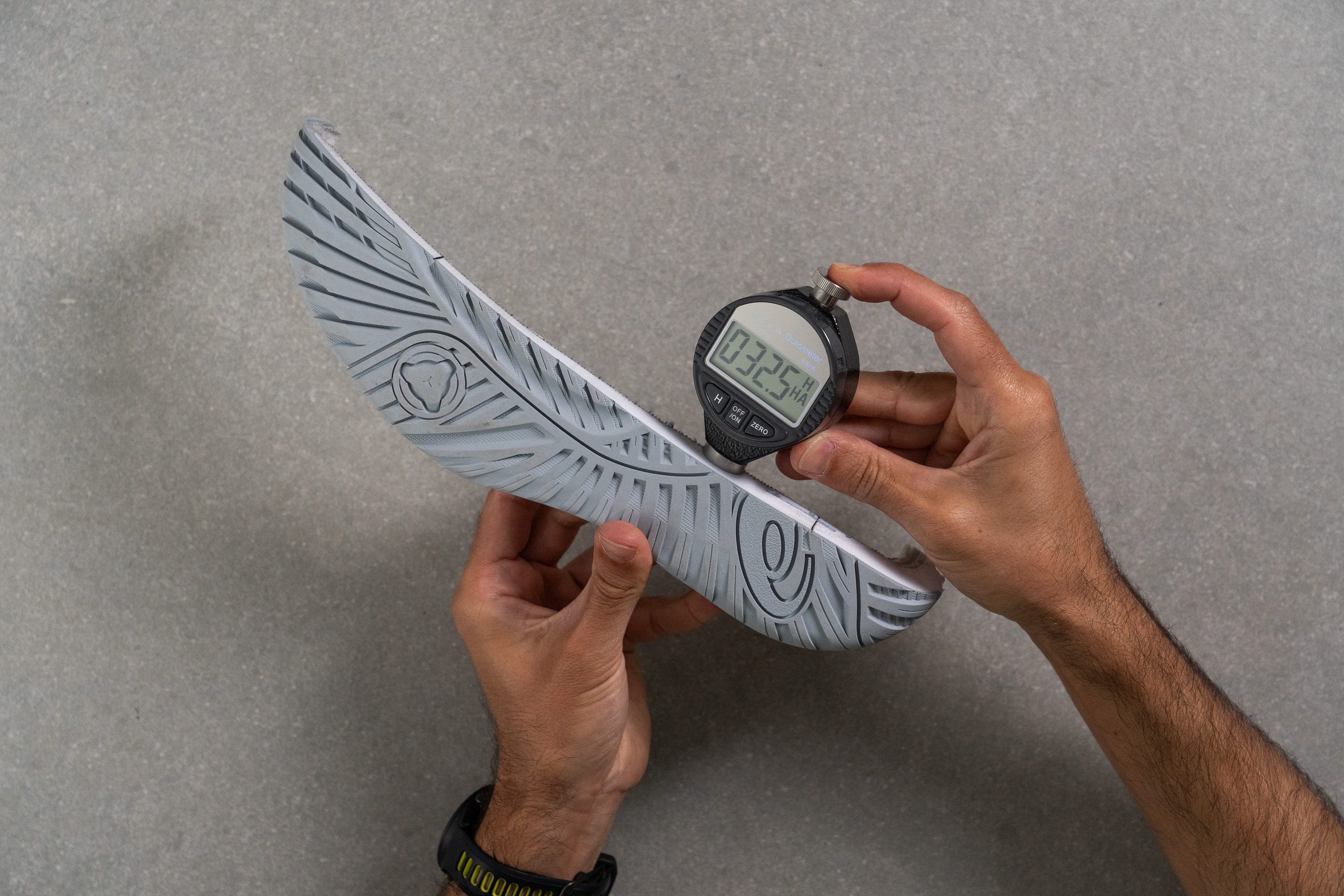
3. High torsional rigidity: This is one of the primary indicators of lateral support because it means that you can’t twist the shoe so easily. This could be due to internal stabilising components (such as shanks), external ones (like TPU cages), or the shoe’s overall stiff construction.
Either way, it means that you don’t have to worry about sliding off the shoe’s midsole edge or rolling your foot when making sharp multi-directional movements.
4. Stiff heel counter: Having your heels and ankles locked securely in place is essential for a stable experience. It also reduces unwanted foot shifting inside the shoe, which minimises power loss during dynamic movements.
Please avoid shoes with sock-like and unstructured uppers and easily foldable collars.
5. Wide sole with a forefoot outrigger: Having a sufficiently wide heel (at least 85 mm) and a pronounced flare in the forefoot (at least 105 mm) provides extended contact points with the ground to keep you surefooted during quick side steps, cuts, and other aggressive movements.
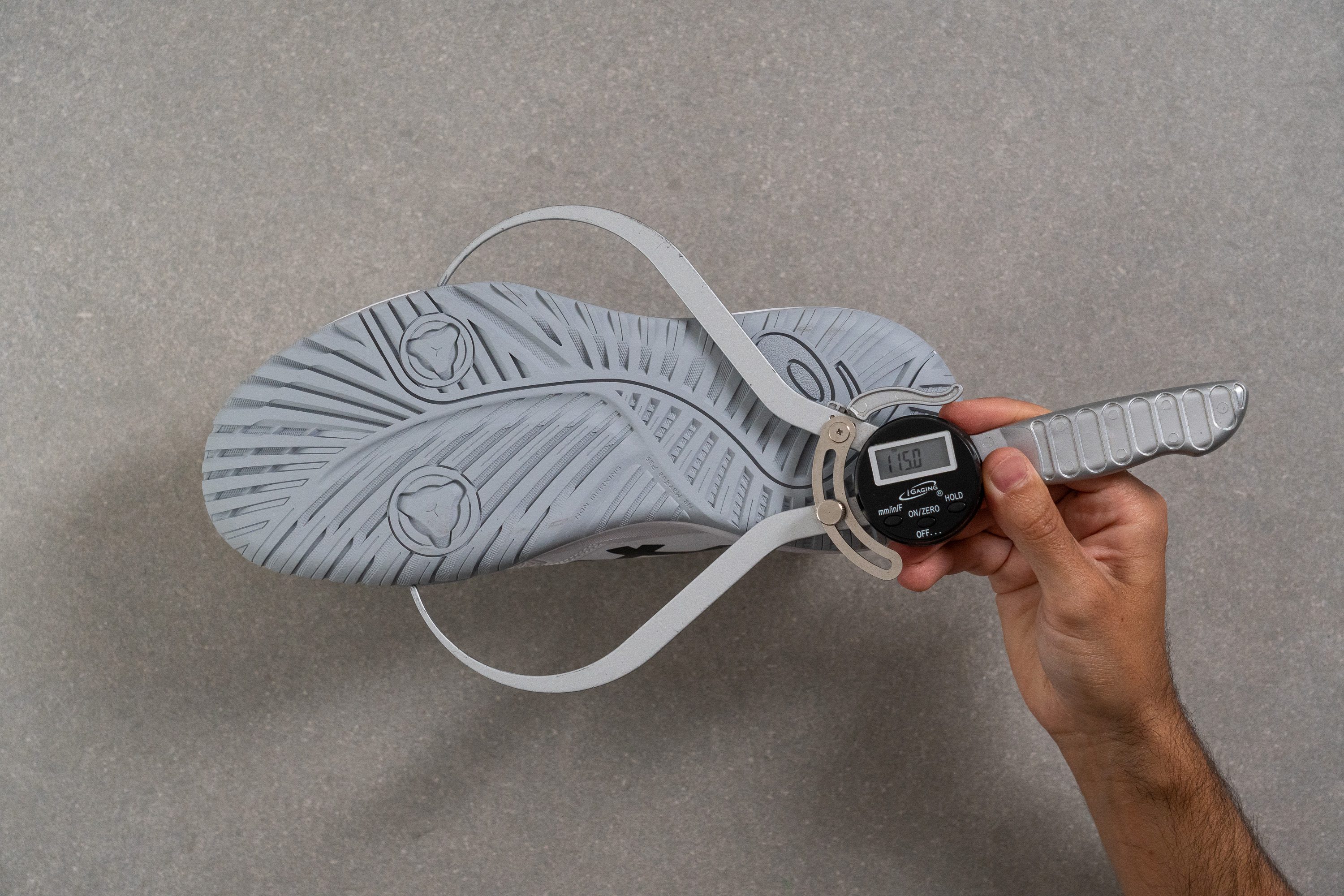
Durability in all sports shoes
Are you planning to wear these athletic shoes both indoors and outdoors? In that case, solid outsole durability is a must. Avoid shoes with no rubber outsoles or too much exposed foam!
Most court shoes are not intended for concrete and asphalt, so you may notice premature outsole wear and loss of grip much sooner than expected. What’s more, not all shoes are reinforced enough to withstand sliding on a hard court.
And yet, our lab tests show that some shoes promise significantly better abrasion resistance than others.
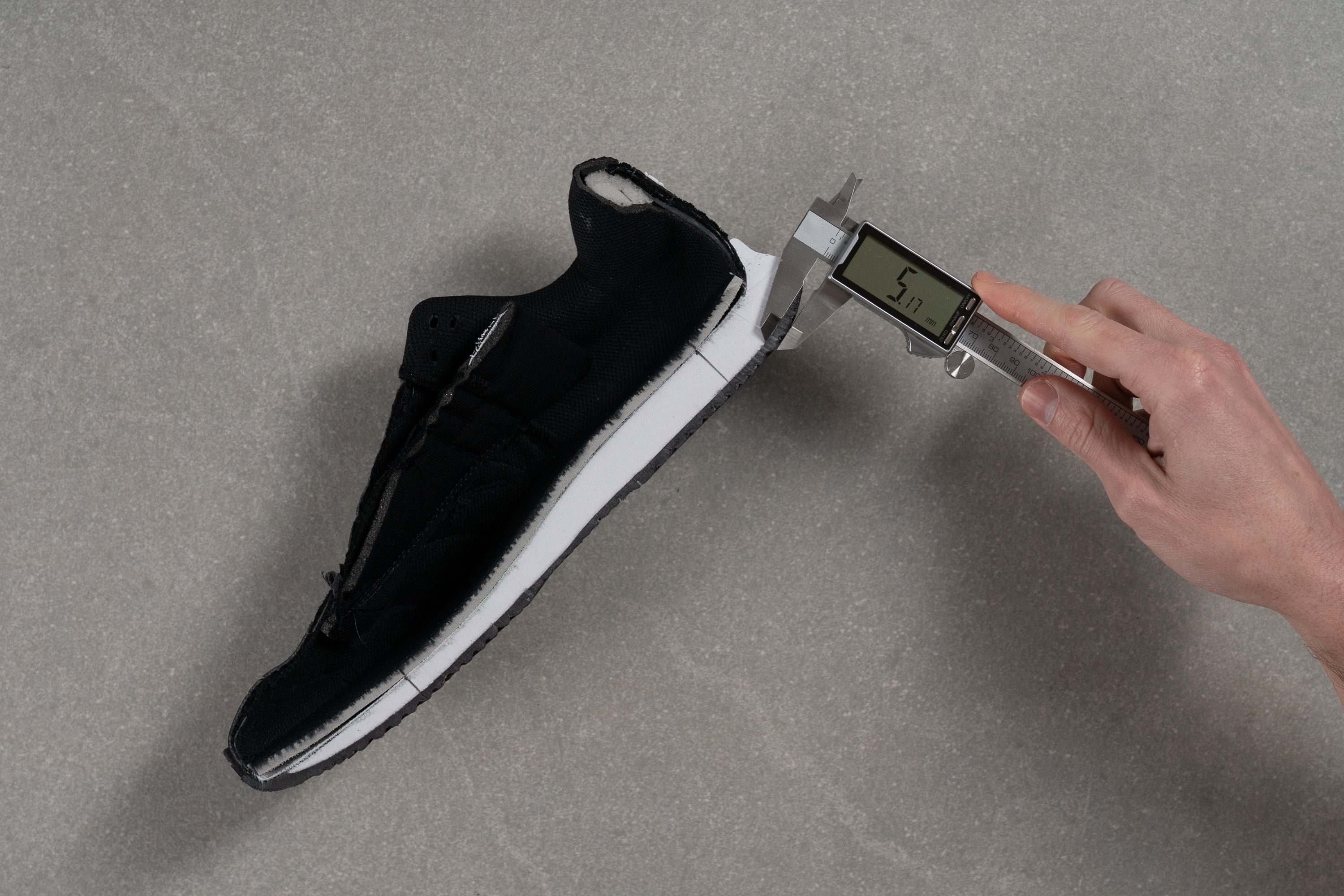
In our lab, we test all shoes equally, no matter their category. However, hard court tennis shoes consistently return the best durability results.
Upper durability is also important to consider, especially if you intend to play outdoors on abrasive surfaces like hard courts, concrete, and asphalt. The upper material tends to brush against the ground during toe drags, slides, and impromptu movements.
We use the same Dremel test to check each shoe’s toebox and heel padding durability, except that it is shorter (4 seconds) and the speed is lower (5K RPM). Based on the damage, each part gets a durability score from 1 to 5.
Choosing the right outsole grip in all sports shoes
Because ‘all sports shoes’ is such a vague request, it would be helpful to narrow down your playing surfaces to choose shoes with the right traction. This is where versatility becomes more problematic.
TIP: Avoid shoes with deep lugs (like trail running shoes, hiking shoes, and some trainers) because they get in the way of your ground feel, damage indoor surfaces, and hurt your foot on hard ground without giving you any benefits in return. Reserve these shoes for the trails and soft ground.
Hardwood
If you intend to play indoor basketball, volleyball, handball, pickleball, or futsal, you will most likely need a shoe for hardwood.
This polished surface calls for a tacky outsole, which is most often found in basketball shoes. But the problem is that even the thinnest layer of dust on the court can reduce the initial shoe grip quite a lot. So, occasional outsole wiping is necessary to maintain good traction.
Most hardwood-ready shoes feature a herringbone tread pattern or a similar outsole design.
[photo: herringbone]
PLEASE NOTE that hardwood courts require non-marking outsoles. Regular black rubber tends to leave streaks on polished indoor courts, which can get you banned from the sports venue.
Rubberized
Rubberized flooring is commonly used for gyms, multipurpose courts, and indoor tracks, among other venues. You might as well see it on running tracks outdoors.
The softer and tackier nature of rubber makes it a little grippier compared to hardwood, even when it gets dusty or wet from sweat.
You can choose gym shoes (aka cross-trainers), basketball shoes, road running shoes, and even some walking shoes for this surface.
PLEASE NOTE that some venues require non-marking outsoles, and it’s best to check with your local gym or sports centre.
Hard court/Concrete/Asphalt
As the most abrasive surfaces for playing sports, hard court, concrete, and asphalt tend to be the hardest on shoe outsoles. And once the treading is gone, the shoe’s gripping capacity plummets as well.
That’s why, in addition to a solid grip, you should also look for a tough outsole with thick tread lines.
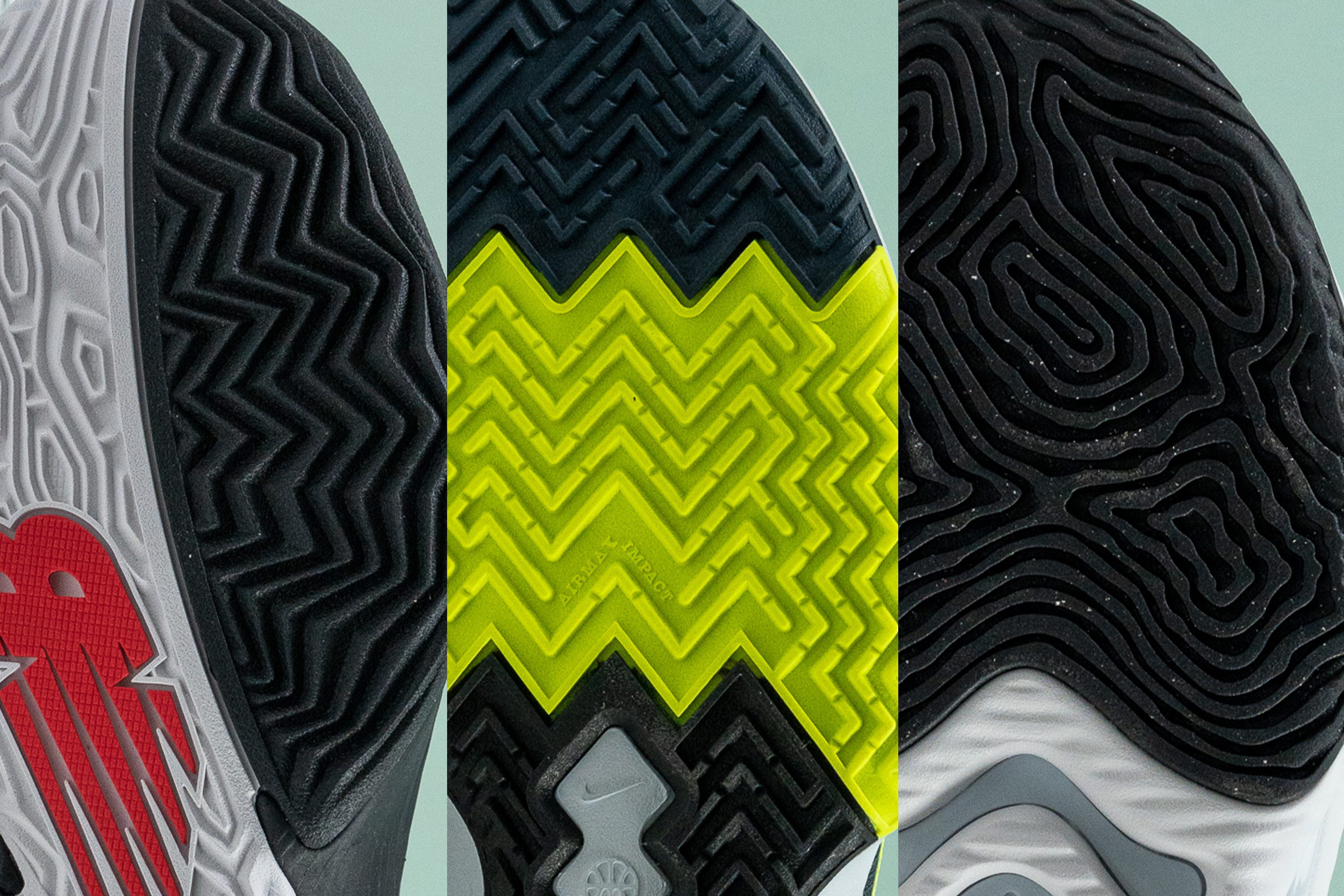
For these surfaces, we highly recommend choosing hard-court (HC) or all-court (AC) tennis shoes or outdoor basketball shoes.
Affordable all sports shoes
Whether you are a beginner athlete testing the waters in different sports before committing to one, or a student with a limited shoe budget, getting just one pair of athletic shoes for several activities makes a lot of sense financially.
But you don’t want to invest in elite trainers from the start either. That’s why we limited our selection of all sports shoe options to those with an MSRP of £150 or less.
And here is an overview of all sports shoes under £100:
Are there any other ways to buy a cheap all sports shoe? Yes!
- Check out the shoe’s previous iteration, as it is most likely available at a generous discount and may not be that different from the newer version.
- Compare prices from different retailers. This is what we do here at RunRepeat with a database of 200+ online retailers to choose from. Our product pages let you know where you can buy your shoe of choice in your size and colour at the cheapest price.
